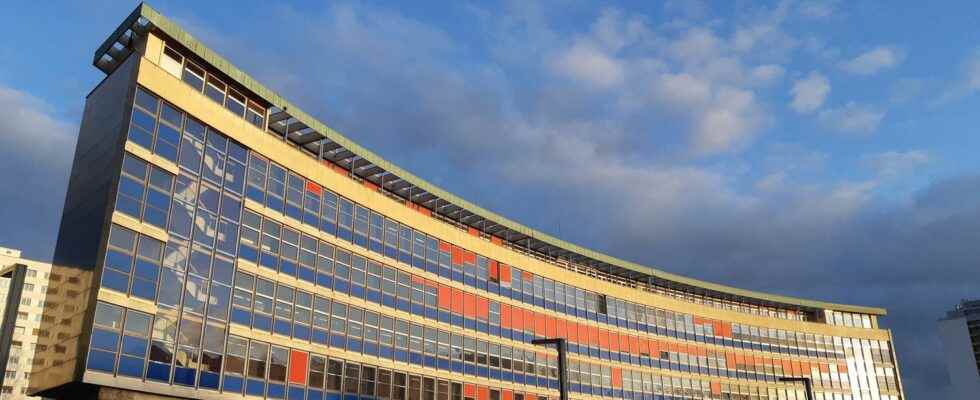The cellars of the forensic medicine institute of the Reichsuniversität, name of the University of Strasbourg during the annexation of Alsace by Germany, were indeed the scene of Nazi medical crimes during the Second World War. This is confirmed on Tuesday May 3 by the historical commission of the faculty of medicine in charge of this file, reports France Bleu Alsace.
According to the report of this commission, led by 12 international scientists and researchers for six years, there are however no other human remains linked to Nazi crimes on the premises of the University, that is to say collected on Jewish victims by the Nazi doctor August Hirt over the period 1941-1944.
The research had indeed been initiated by the discovery in 2015 of three anatomical boards in the establishment, containing the human remains of a victim of August Hirt. This Nazi doctor had gassed 86 Jews at the Struthof-Natzweiler camp, in order to create a collection of skeletons. These corpses or what we have been able to reconstruct from the bodies have indeed been buried, confirms Doctor Philippe Clavert, current boss of the Institute of Anatomy: “The corpses were not preserved, they were all buried as it was underlined. It’s a confirmation so it’s a relief because we can talk about this period calmly to our students.”

The report also helps identify many of the victims of unauthorized human experimentation at the Reichsuniversität. One hundred and thirty were notably forced into experiments in dermatology. Around 100 patients from the institution’s psychiatric clinic were also transferred to Germany, where they were euthanized. Lea Münch, from the Institut für Geschichte und Ethik der Medizin de la Charité, updated this practice which took place in 1944 at the Hoerdt psychiatric clinic 20 km north of Strasbourg. In this clinic, some doctors “were Alsatians, chosen by the German administrationexplains Léa Münch. But there are also directors who refused to collaborate, they were expelled to central France.”
The Struthof-Natzweiler concentration camp, meanwhile, was used to supply three Nazi professors from the University of Strasbourg with human beings. Doctor Eugen Haagen, for example, conducted experiments on 196 typhus victims.
The report also made it possible to find the families of victims of this barbarity, such as Geneviève Glanzmann, grand-niece of the sole survivor of a group of psychiatric patients deported from Strasbourg to be murdered in Germany. “We learned that he was interned in the Hadamar concentration camp with a whole group of psychiatric patients and that he was the only survivor of this campexplains Geneviève Glanzmann. He said that he transported the dead for whole days and he said it in a very cold way. He built a shell to be able to survive. What he experienced as trauma borders on the unthinkable.”
Following the presentation of its report, the historical commission of the faculty of medicine recommends the creation of a central place of commemoration, open to the public, dedicated in particular to the 86 Jewish victims of August Hirt. An exhibition at the European Center of Deported Resistance Members is also planned from May 6 to March 19, 2023 at the Struthof camp, on the theme of the Faculty of Medicine of the Reichsuniversität of Strasbourg.
